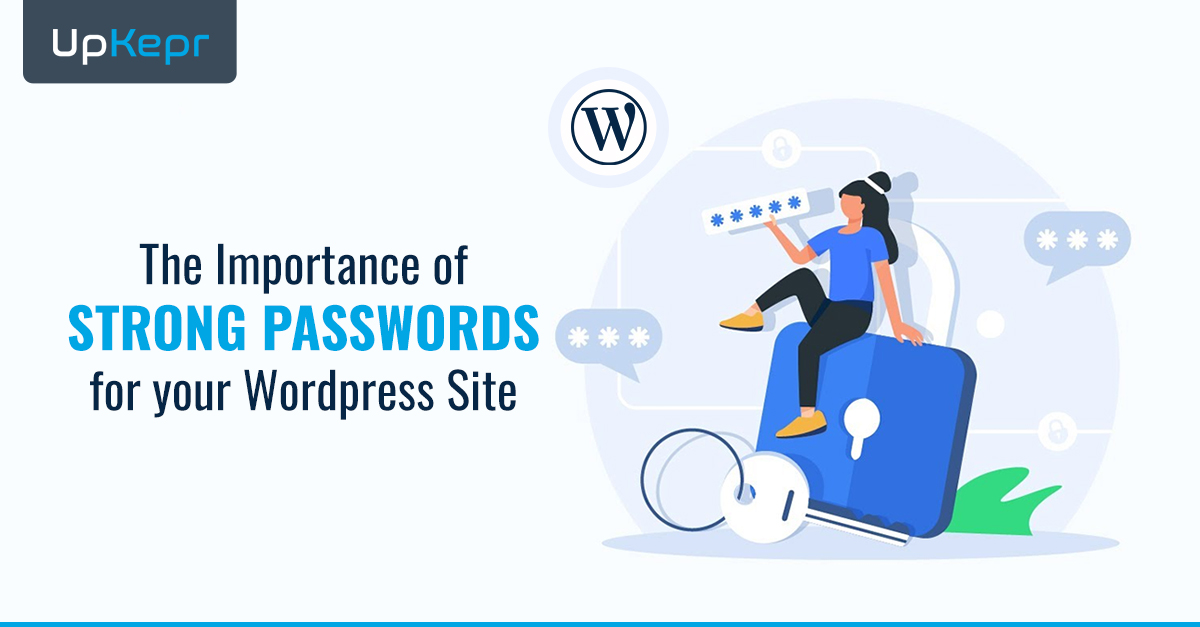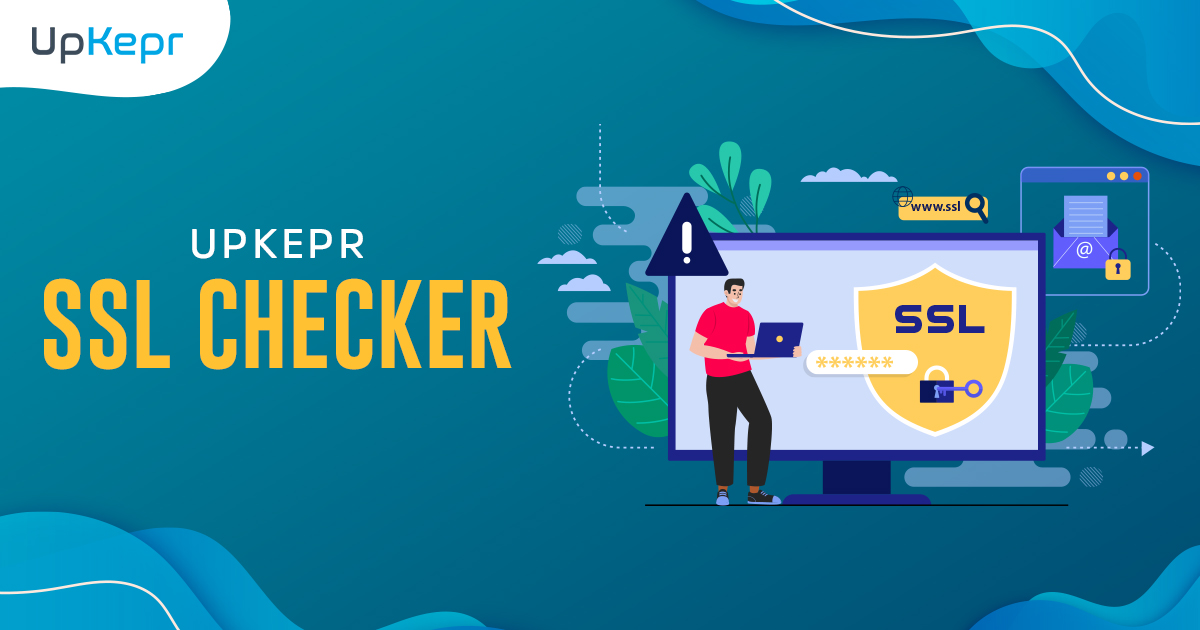
PrestaShop Vulnerabilities: How Hackers Attack & Prevention Tips

PrestaShop is a powerful open-source eCommerce platform used by thousands of online store owners worldwide. However, like any software, it is not immune to security vulnerabilities. Hackers constantly look for loopholes in PrestaShop websites to inject malware, steal customer data, or take down entire stores. Understanding these risks and implementing strong security measures can help protect your business. In this blog, we will explore how hackers exploit PrestaShop vulnerabilities and the best ways to prevent attacks.
Common PrestaShop Vulnerabilities Hackers Exploit
1. Outdated PrestaShop Versions
Hackers often target older versions of PrestaShop that lack the latest security patches. When a security flaw is discovered, PrestaShop releases updates to fix it. However, many store owners fail to update their platform, leaving their sites vulnerable to attacks.
2. Vulnerable PrestaShop Modules
Third-party modules extend PrestaShop’s functionality but can also introduce security risks. If developers fail to patch security flaws, hackers can exploit these modules to gain unauthorized access, insert malicious scripts, or even hijack your store.
3. SQL Injection Attacks
SQL Injection is a common hacking technique where attackers insert malicious SQL queries into input fields, such as login forms or search bars. If your PrestaShop store is not properly secured, hackers can manipulate your database, steal sensitive information, or delete critical data.
4. Cross-Site Scripting (XSS) Attacks
XSS attacks occur when malicious scripts are injected into PrestaShop’s front-end elements, affecting unsuspecting users. This can lead to stolen customer credentials, unauthorized transactions, or defaced websites.
5. Weak Admin Credentials
Using weak passwords for your PrestaShop admin panel makes it easy for hackers to brute-force their way into your store. If your admin credentials are compromised, attackers can take full control of your website.
6. Unsecured Payment Gateways
PrestaShop supports multiple payment gateways, but if they are not configured correctly, hackers can intercept transactions, steal credit card information, and conduct fraudulent purchases.
How to Prevent PrestaShop Attacks
Securing your PrestaShop store requires a proactive approach. Below are the most effective ways to safeguard your online business.
1. Keep Your PrestaShop Updated
Always update your PrestaShop platform to the latest version. Security patches and bug fixes help protect your store from known vulnerabilities.
2. Regularly Update Modules & Plugins
Ensure all third-party modules are up to date. Only install trusted plugins from reputable sources and remove any unused modules that may pose a security risk.
3. Implement Web Application Firewall (WAF)
A WAF helps protect your website from common attacks such as SQL Injection and Cross-Site Scripting by filtering and monitoring HTTP traffic.
4. Use Strong Passwords & Enable Two-Factor Authentication (2FA)
Secure your admin panel with strong, unique passwords and enable 2FA to add an extra layer of security.
5. Secure Your Database
Change your database prefix from the default "ps_" to something unique to make it harder for hackers to guess table names. Also, restrict database access to only necessary users.
6. Scan for Malware & Remove Threats
Run regular malware scans to detect and eliminate threats before they can cause serious damage.
7. Protect Your Payment Gateway
Ensure that your payment gateway uses HTTPS encryption and follows PCI compliance standards to prevent financial fraud.
8. Set Proper File Permissions
Restrict file and folder permissions to prevent unauthorized modifications. The recommended settings are:
644for files755for folders440or400for configuration files
9. Use a Security Scanner for PrestaShop
A PrestaShop security scanner can detect vulnerabilities in real time and alert you to potential risks before they are exploited.
10. Backup Your Store Regularly
Schedule automatic backups of your PrestaShop store, including databases and files. Store backups on a secure external server so you can restore your site in case of an attack.
Scan Your Website With UpKepr Now
What to Do If Your PrestaShop Store Has Been Hacked
If you suspect your PrestaShop website has been compromised, take immediate action:
- Scan Your Website for Malware – Use a Malware Detection tool to identify and remove malicious code.
- Update PrestaShop & Modules – Ensure all software components are updated to their latest versions.
- Change All Passwords – Reset admin, database, and FTP passwords.
- Check Admin User Accounts – Remove any unauthorized users who may have gained access.
- Restore from a Clean Backup – If necessary, revert to a backup from before the attack.
- Secure Your Hosting Environment – Ensure your hosting provider follows security best practices.
- Implement Security Monitoring – Set up alerts to detect future threats and vulnerabilities.
Conclusion
Securing your PrestaShop store is essential to protecting your business and customer data from cyber threats. Hackers exploit vulnerabilities like outdated software and weak credentials, but proactive measures—updates, malware scans, and strong passwords—can help prevent attacks.
Upkepr enhances your security with its PrestaShop Security Scanner, detecting vulnerabilities, malware, and performance issues in real-time. Stay ahead with SSL verification and automated monitoring.
Don’t wait for an attack - secure your PrestaShop store with Upkepr today!



























































































 Sign Up with Google – Free
Sign Up with Google – Free Sign Up with Github – Free
Sign Up with Github – Free